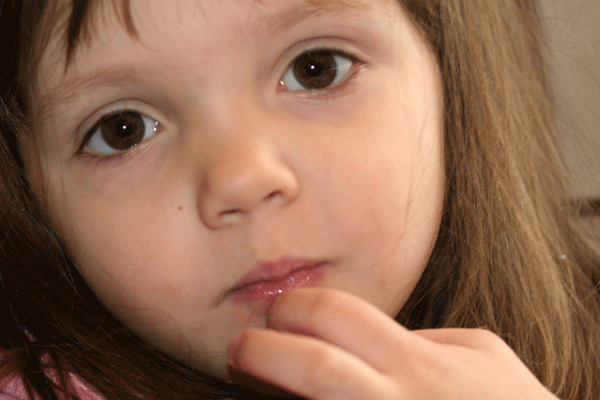- South Texas Students Meet Accordion Music Icons Los Tigres Del Norte In Edinburg Thanks To Khs America/Hohner Alianza Académica Initiative
- Fragile Planet Offers a Nighttime Wildlife Experience
- Falcons Soccer Off & Running
- Cameron County Receives Funds to Improve Two Parks
- Falcons Complete First Half of 32-6A
- School District to Help out Victims of California Wildfires
- Sand Castle Days Continued Despite Unexpected Weather
- Ready for District
- Discussion of Garbage Dumpster Rates, Agreements Between State & City on Highway Regulations, and More
- 31st Annual Shrimp Cook-Off is Right Around the Corner
Laser Focus on Eye Health With Texas Students in School
- Updated: September 5, 2014
Learning is About 80 Percent Visual
by John Michaelson/TNS

Texas parents have one more item to add to that back-to-school checklist, getting the kids in for an eye exam. Photo: Sharon Mollerus/Flickr.
AUSTIN, Texas – With the start of the new school year, parents across the state are being reminded that the eye health of their children is critical to their educational success.
Austin optometrist Laurie Sorrenson says this is a great time of year to get students in for eye exams, especially the younger children who may not always speak up.
“There have been some studies that have linked different issues, especially uncorrected refractive error, which means a child who’s not seeing right early in school, with social problems, with academic problems and also with sports, too,” she points out.
Signs that a child may have eye or vision problems include headaches, frequent eye rubbing or blinking and the avoidance of reading and other close activities.
Sorrenson also explains that like other health issues, early detection and treatment is key for vision and eye health problems such as amblyopia, more commonly known as lazy eye.
“We usually like to catch somebody who has amblyopia around age three or four at the latest,” she stresses. “You can still help the child even at age five and on, but you can usually get the vision to be a whole lot better if you can catch them at age three or four.”
The American Optometric Association suggests a child’s first eye exam at around six-months of age, with another at age three and then again around kindergarten or first grade.
From there, students should have their eyes checked every other year, or more frequently if specific problems or risk factors exist.
